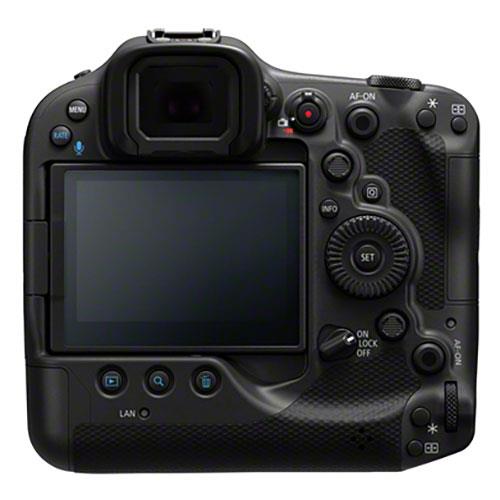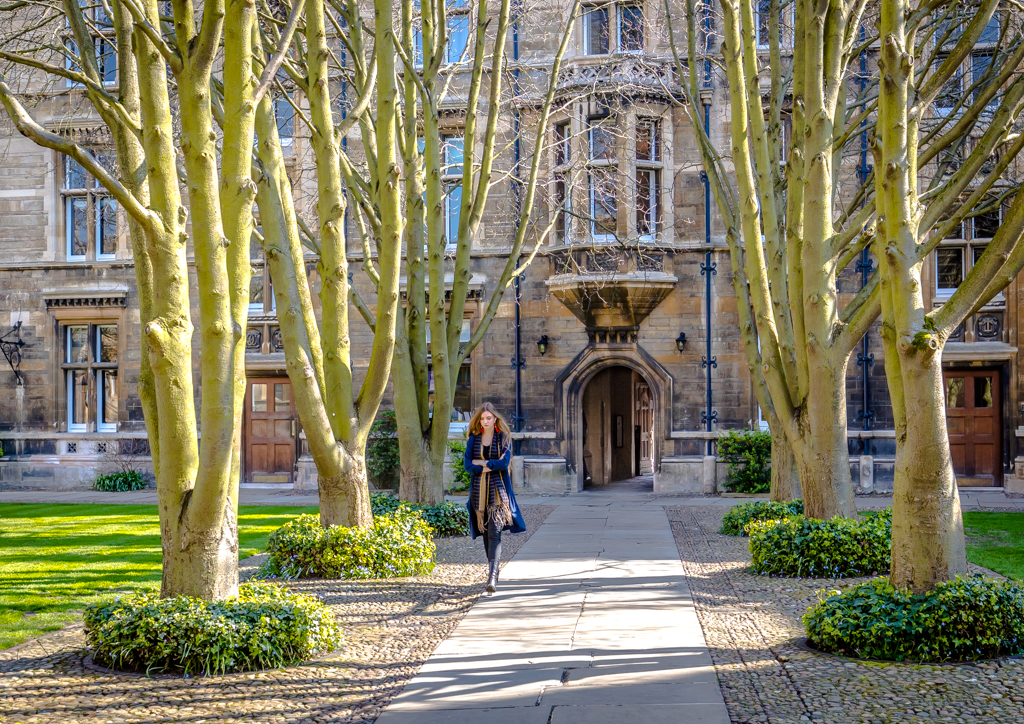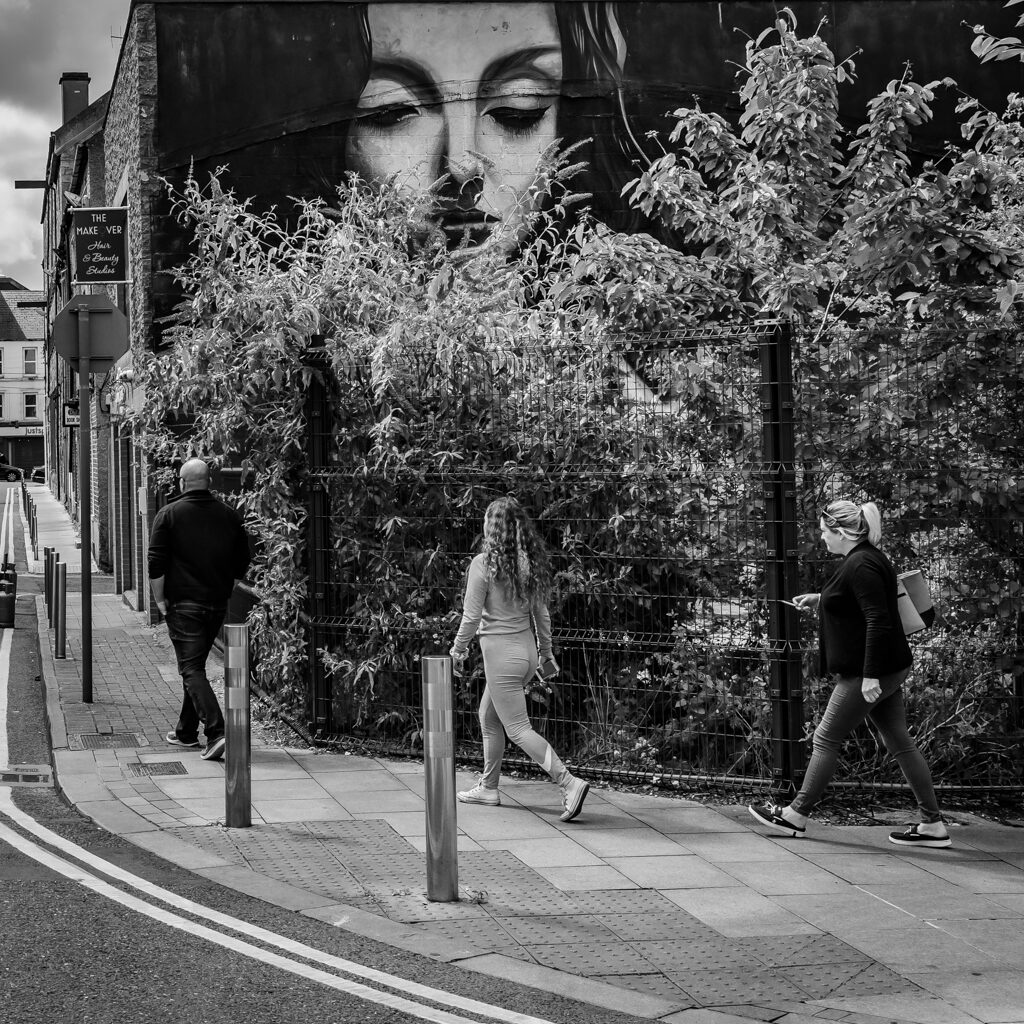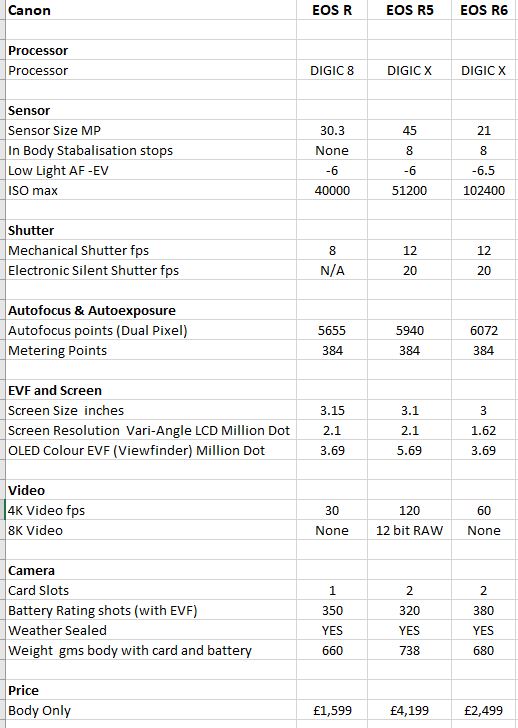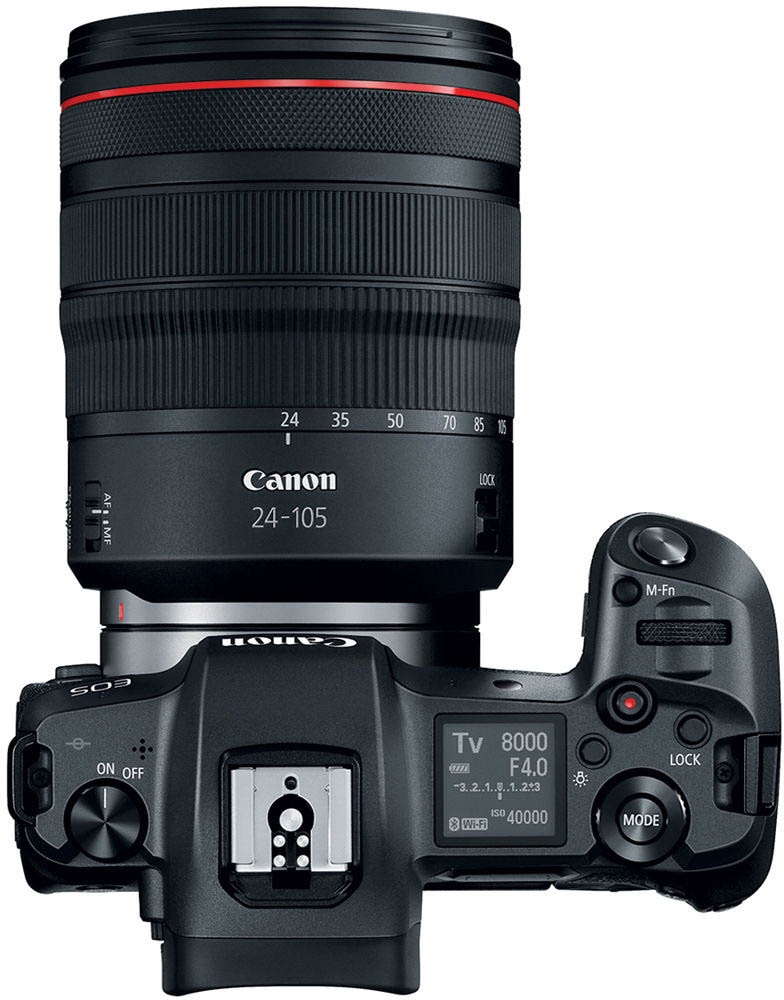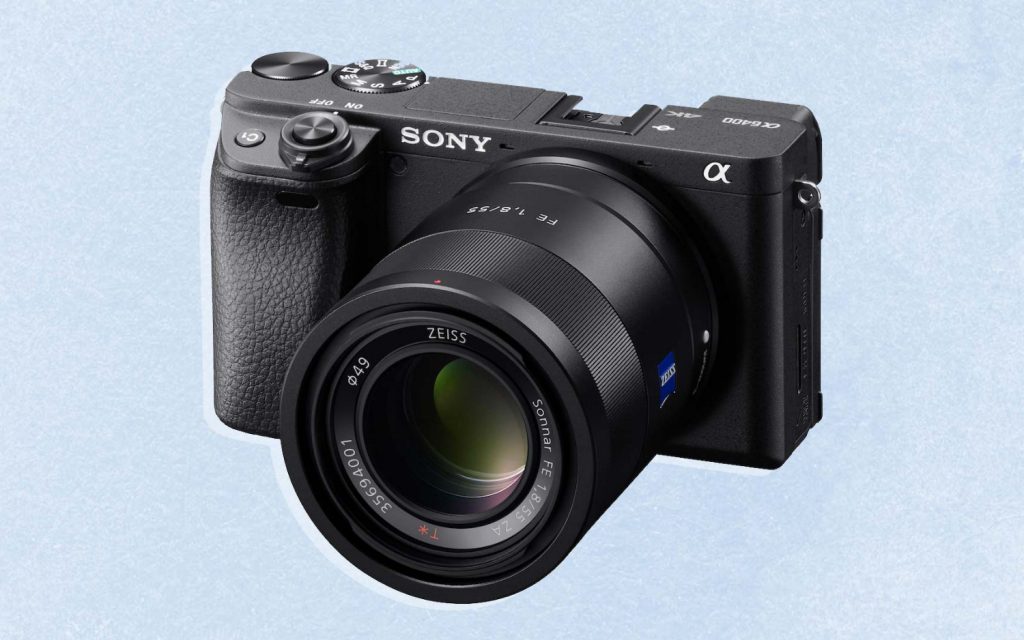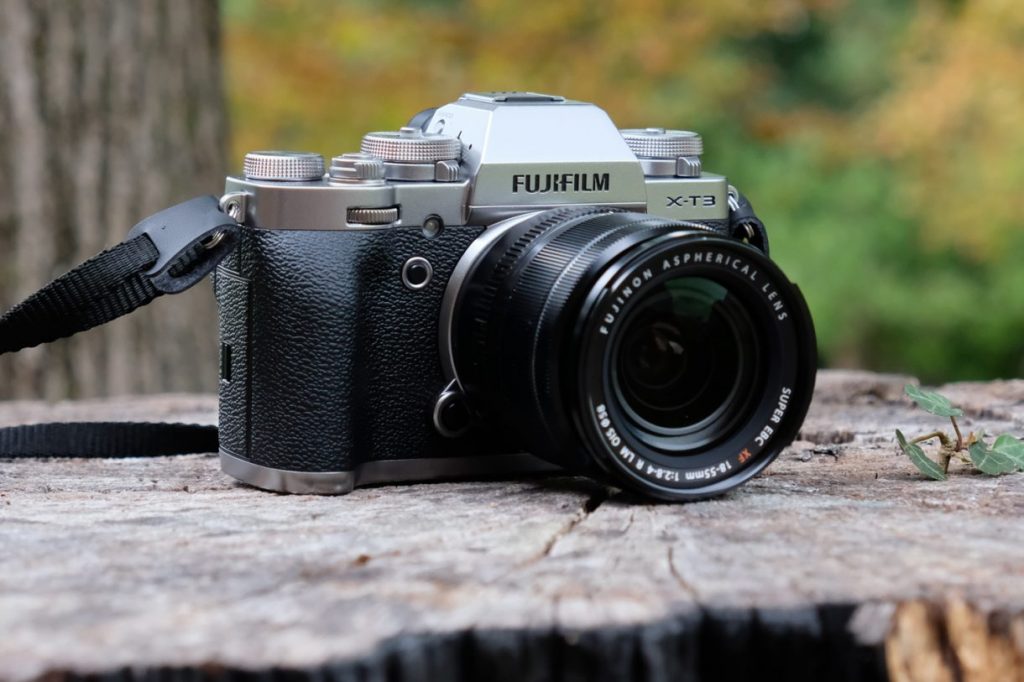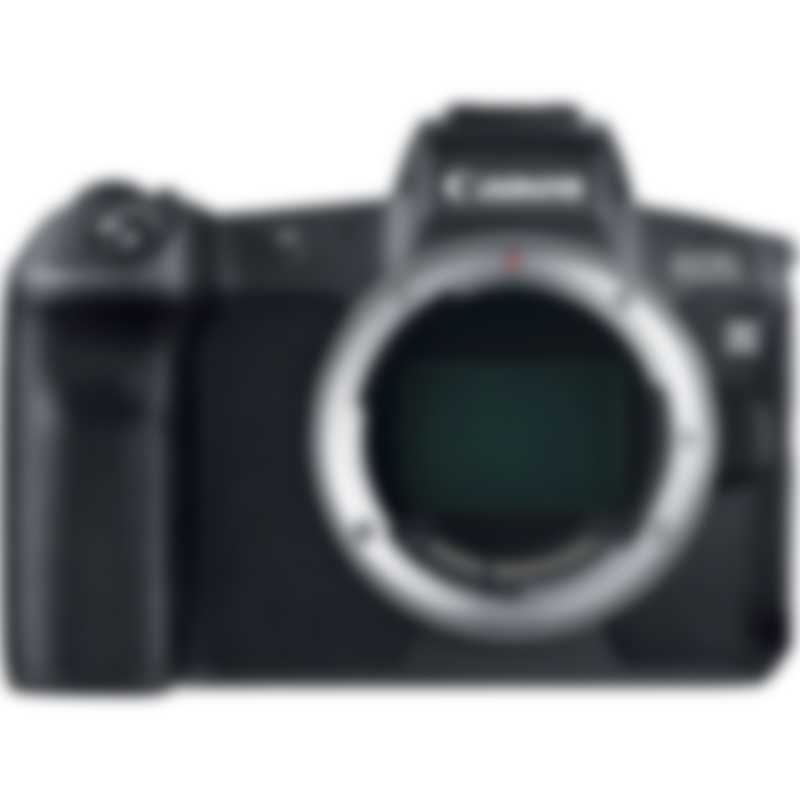
The rumour mill is beginning to turn with the news that Canon will soon announce a new flagship camera, the Canon R1. What we want to know is. What will the spec’ look like? To understand that we look at the Canon R3, the Sony A1 and the Nikon Z9
A Replacement for the Canon EOS-1D X Mark III?
Is this a replacement for the Canon EOS-1D X Mark III? This camera is a professional’s favourite. For those news and sports photographers that are still sticking with a DSLR then nothing can replace it. That is sadly because Canon is unlikely to produce a Mark IV.
Buoyed by the success of their mirrorless range which started with the R and RP in 2018. Canon has gone on to successfully launch the R5 and R6 which neatly replace their DSLR counterparts, the 5D and the 6D.
More recently Canon has introduced the R3 which is designed for sports and wildlife photographers.
Those flippy mirrors are becoming a thing of the past and the R1 will complete the range most likely replacing the 1DX.
What is the Canon R1 Spec?
As the Canon R1 has not even been announced, (we are expecting that later this year or early next with a 2022 Q4 rollout). The expected spec’ has to be one that will compete with the new Sony A1 and upcoming Nikon Z9. So what could it look like?
Sensor
There was disappointment that the Canon R3 has a 24MP sensor. The R3 is designed for sports photographers, who require lower resolution images that can be quickly streamed back to newsrooms. The Canon EOS-1D X Mark III has a similar 20MP sensor for the same reason.
The Canon R1 is going to be a more general workhorse, so more likely to compete with Sony and Nikon. The A1 has a 50.1MP sensor and the Z9 45.7MP. So the Canon R5 45MP CMOS sensor could be a contender, but expect Canon to push a new sensor to around 50+MP for their flagship offering.
Frame Rates & ISO
Frame rate is important for professional photographers. As a celebrity emerges from a night club you don’t want to get stuck with slow exposures. You need a high ISO and a fast frame rate. Looking at the R3, it has a top ISO of 102400 and a shutter frame rate (electronic) is 30fps.
However, the R1 will have to pull the stops out to catch the 120fps (restricted to 11MP) on the Nikon Z9. The Z9 achieves this with a processor which has the world’s fastest scan rate with what is claimed to be virtually no rolling-shutter distortion. Nikon claim this is equivalent to a mechanical shutter, which is why there is no mechanical shutter in the Z9.
Can the R1 make the same quantum leap? will it also have no mechanical shutter?
AI
What is beginning to set all cameras apart is AI. The R3 has eye controlled AF and subject tracking. What started with just eyes and faces has blossomed into planes trains and automobiles. The goal is to see the subject (any subject) in the viewfinder and let the camera track it in 3D i.e. from every angle. Sony, Nikon and Canon are all moving in a similar direction, which will win out will depend on their mastery of AI.
Other Stuff
What would we like to see?
We like the voice note recorder in the Z9. Surely the technology exists to turn to text and include with the image metadata.
If a camera has low light capability then illuminated controls and an illuminated viewfinder would be welcome.
Should we have to fiddle with the ISO. My phone just works whatever the light. Surely a restricted light mode would be useful.
We are just assuming weather sealing to the standard of the Canon EOS-1D X or better. Why not waterproof like mobile phones are?
If it can be manufactured so that it is really robust, we like the four-axis LCD touchscreen that tilts horizontally and vertically on the Z9. We can add that to our wish list.
Canon R1 Price
Let’s set some benchmarks. The Canon R3 is $5999 / £5879, the Sony A1 is $6498 / £6499, the Nikon Z9 $5496 / £5299. So the A1 and the Z9 are comparable with the R3.
The Canon EOS-1D X Mark III is currently $6499 / £6999. So expect the R1 to be fifteen hundred to two thousand dollars and pounds above the R3.
For that price, Canon is going to have to build a phenomenal camera, and it should be if they follow this spec’.

